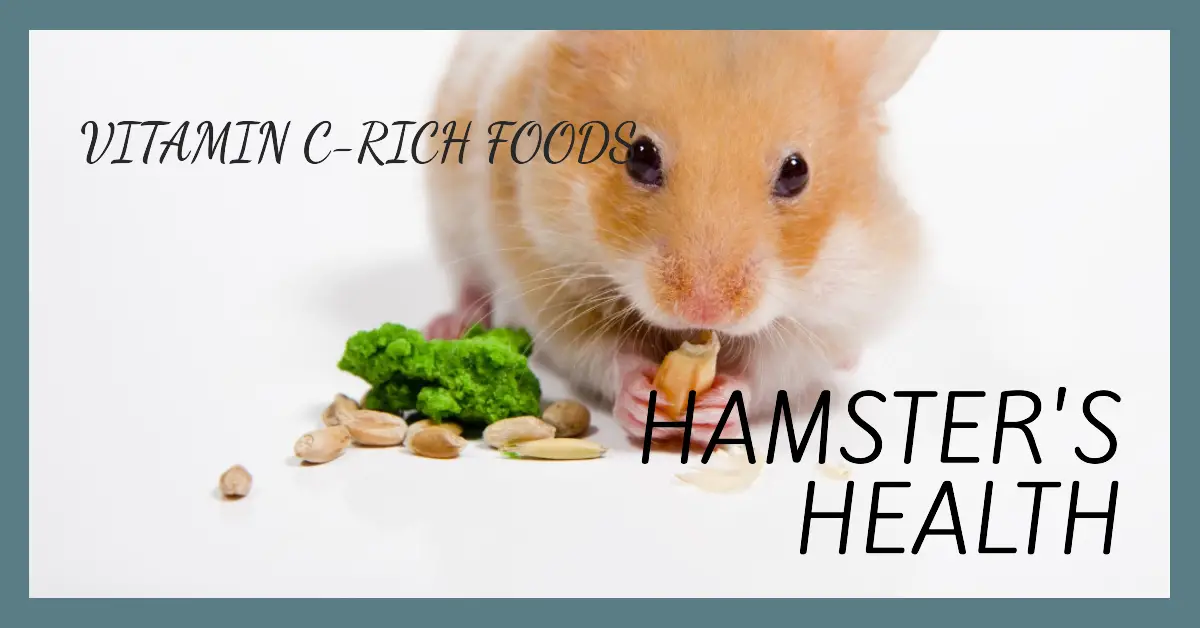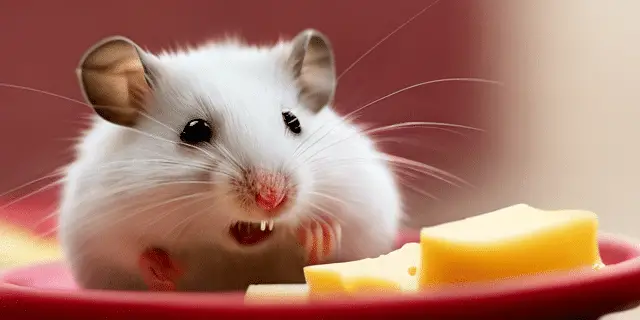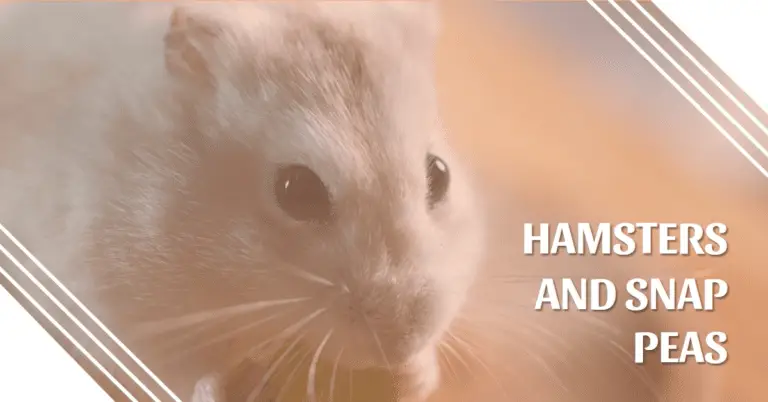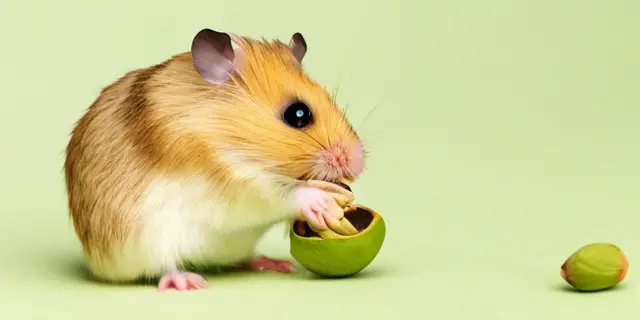Hamsters cannot internally produce vitamin C like humans, meaning they need dietary sources. This critical vitamin maintains bone density, iron absorption, healing capabilities and disease immunity in our tiny pets. As devoted hamster parents and nutrition guides, it’s our responsibility to understand recommended vitamin C sources and proper supplementation methodologies thoroughly.
In this ultimate guide, we’ll explore everything from listing top vitamin C-rich produce to maximize in hamster diets, ideal daily values matching life stages, warning signs of deficiency indicating intervention is needed, and expert strategies supplementing intake safely through fortified feeds or direct dosing. Equip yourself with the tools to serve optimal hamster health!
Why Vitamin C Matters in Hamster Care
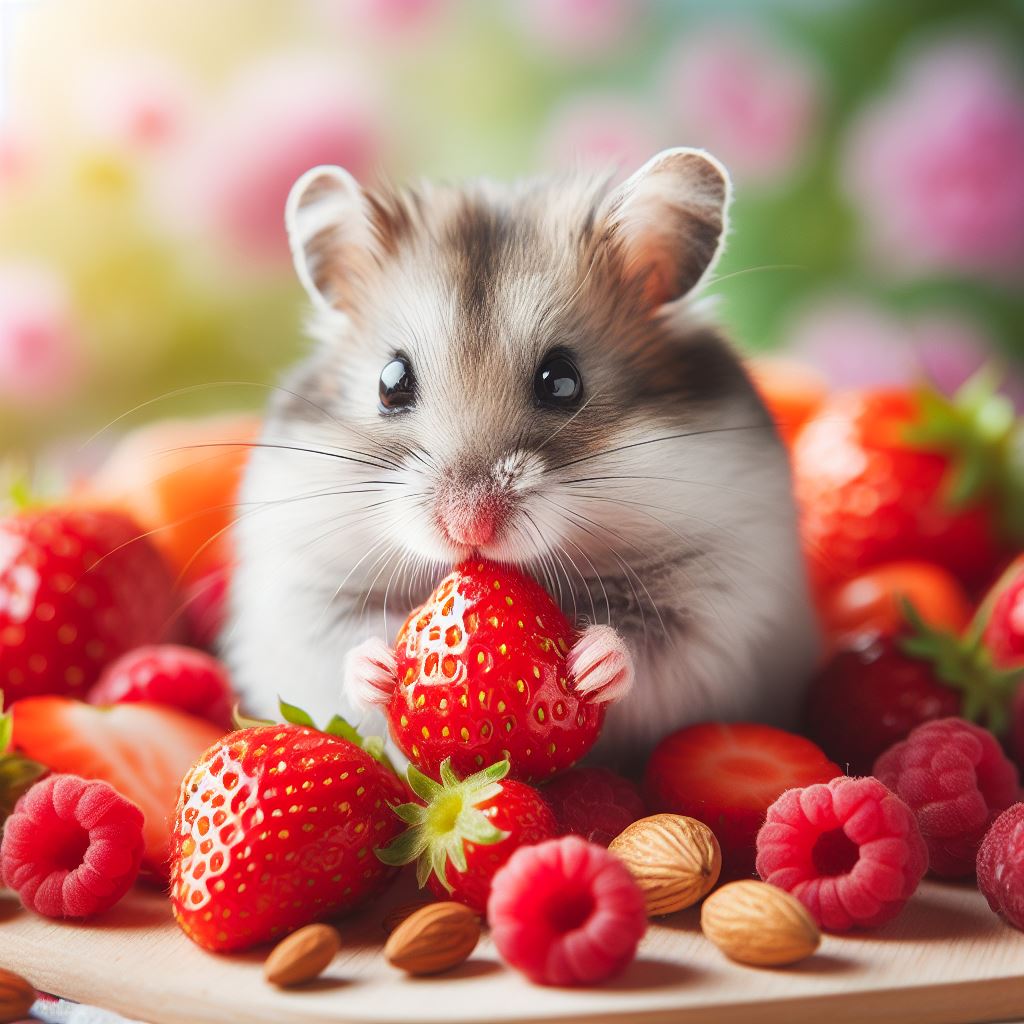
Unlike humans capable of manufacturing our own vitamin C supply even during shortage crises, hamsters and other small mammals entirely depend diet to meet the 60-100 mg/kg recommended minimum daily dosage protecting wellbeing.
While all micronutrients impact health, vitamin C in particular carries heavy responsibilities including:
- Producing collagen forming strong connective tissue
- Assisting absorption of plant-based iron into red blood cells combating anemia
- Powering effective immune response destroying illness-causing free radicals
- Supporting cartilage and bone density preventing fractures
- Accelerating healing of wounds or injuries
- Keeping tiny capillaries flexible transporting oxygen
When levels dip through scarce bioavailable vitamin C consumption, the ramifications become physically apparent through concerning symptoms. Catching deficiency early allows reversal – let’s examine warning signs indicating intervention must begin.
What Does Vitamin C Deficiency Look Like in Hamsters
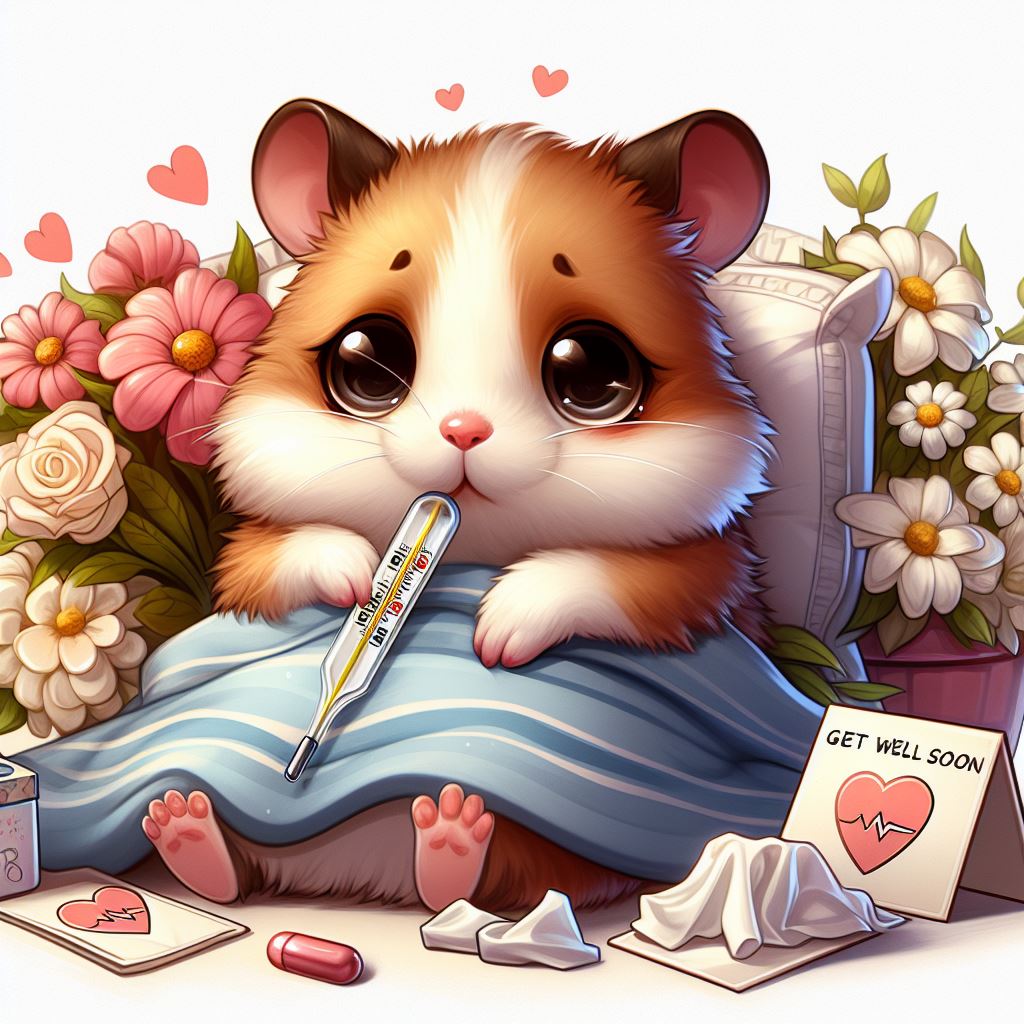
Because hamsters evolved masking vulnerabilities to avoid appearing easy prey, recognizing deficiency takes keen observation. Monitor for subtle changes hinting at malnutrition including:
- Loss of appetite, finicky eating
- Increased lethargy, inactivity
- Poor coat quality, balding patches
- Slow healing of scratches or wounds
- Bleeding issues, blood around nose or mouth
- Diarrhea and digestive upset
- Swollen painful joints
- Greater susceptibility to URIs and infection
Left unaddressed, prolonged vitamin C shortage leads to the potentially fatal condition known as scurvy. As caretakers, we must catch underconsumption early before impacts become devastating and irreversible.
Determining Optimal Vitamin C By Hamster Life Stage
Understanding hamsters’ changing biological demands as they mature and enter elder years allows properly aligning vitamin quantities suitable for each season. Consider hamsters in these life phases:
Pups Up To 12 Weeks Old
From delicate newborns to weaning juveniles, growing baby hamsters require nearly double adult hamster vitamin C proportions while developing critical immunity and skeletal infrastructure.
Aim for at least 200 mg/kg daily through vitamin-fortified juvenile hamster feed and soft weaning foods like cooked sweet potato. Supplement nursing mothers too.
Healthy Adults Over 12 Weeks
Fully mature adult hamsters thrive on slightly reduced vitamin C inputs meeting baseline organ and vessel function. Estimate needs:
60-100 mg/kg via combination dry hamster mix containing stabilized vitamin C and rotating fresh fruits and veggies providing bioavailable sources hamsters easily convert.
Senior Hamsters Over 18 Months
As metabolism changes and activity levels naturally reduce in aging hamsters, balancing vitamin C prevents deficiency while avoiding overconsumption straining kidneys.
Spot check levels through occasional blood tests determining need. Otherwise provide 100-120 mg/kg addressing inflammation and arthritis discomforts seniors battle most.
Adjusting proportions aligning to life seasons keeps hamsters nourished, energized and resilient!
Ensuring Adequate Base Through Fortified Hamster Foods
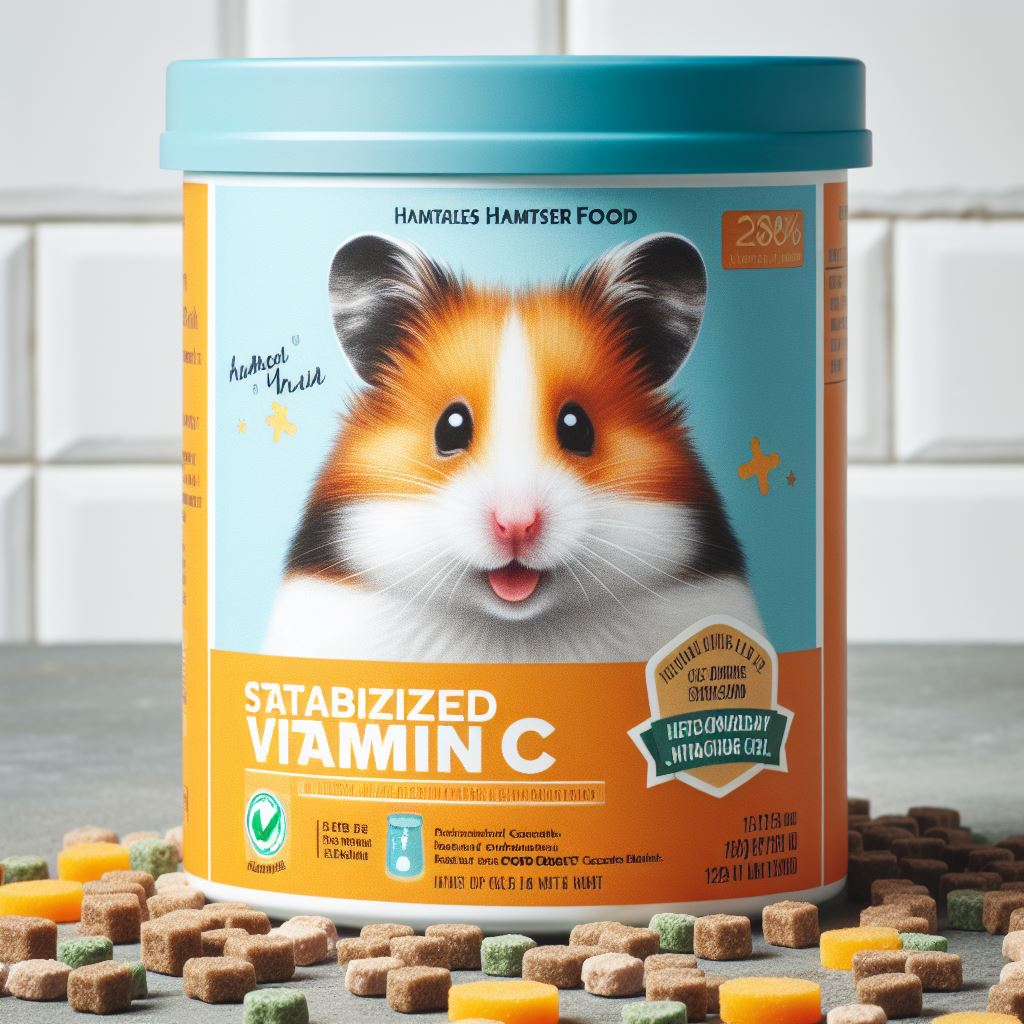
Constructing an excellent hamster diet with guaranteed baseline vitamin C inputs begins with selecting a reputable commercial hamster food blend as the firm nutritional foundation supplying 65-70% total intake. What should you look for in a great hamster mix?
- Quality assurance from a trusted brand
- Prominent display of vitamin C in ingredient panel
- Stabilized vitamin C sources resisting degradation
- Blend of whole grains, fruits, veggies, protein
- Appropriate protein and fat calorie composition
- Enriching flavor and texture encouraging consumption
- Budget friendly price accommodating regular purchase
By ensuring your hamster’s dry food staple delivers balanced energy, macronutrients and steady vitamin C, half the nutritional heavy lifting is handled! Now let’s spotlight vitamin C superstar fresh additions to finish completing dietary needs deliciously.
Incorporating Vitamin C-Rich Fruits & Veggies
In nature, hamsters source much of their hydration and crucial phytonutrient vitamin C through diverse foraging – feasting upon various fruits, sprouts, seeds, tubers, leaves and shoots across seasons. We can mimic this variation through purposeful produce selections.
Below I’ve compiled the top vegetal vitamin C choices proving safe, palatable and packed with immense benefits when supplemented several times per week. Consider adding:
Best Vitamin C Fruits For Hamsters
Fruits offer amazingly bioavailable, easily absorbed vitamin C for small bodies. Incorporate diverse favorites like:
Strawberries
Vitamin C content:
- 100 grams holds 97.7 mg – over 100% RDA!
- Perfectly bite-sized whole berries for easy eating
Benefits:
- Encourages hydration
- Loaded with manganese and antioxidants
Raspberries
Vitamin C Content:
- 100 grams contains 52 mg vitamin C
- Forage-friendly bush architecture
Benefits:
- Anti-inflammatory phenolic compounds
- Dietary fiber for healthy digestion
Cantaloupe Melon
Vitamin C Content:
- 100 grams provides 61.8 mg vitamin C
- 90% water content for hydration
Benefits:
- Prevents constipation
- Restores electrolyte balance
Blueberries
Vitamin C Content:
- 100 grams holds 16 mg vitamin C
- Low glycemic index
Benefits:
- Disease fighting antioxidants
- Phytonutrients preserving cognition
Mango
Vitamin C Content:
- 100 grams contains 54 mg – over half RDA
- Excellent source of vitamin A
Benefits:
- Fights inflammation
- Boosts immunity
Apple Slices
Vitamin C Content:
- 100 grams has 4.6 mg vitamin C
- Remove all seeds first!
Benefits:
- Aids digestion
- Hydrating crunch
Best Vitamin C Veggies For Hamsters

While less sweet than fruits, vegetables comprise excellent low sugar vitamin C sources benefiting hamsters greatly. Incorporate:
Bell Peppers
Vitamin C content:
- 149 mg per 100 gram serving – immense!
- Red/green peppers pack greatest quantity
Benefits:
- Supports skin health
- Loaded with antioxidants
Broccoli Florets
Vitamin C Content:
- Provides over 106 mg per 100 gram serving
- High fiber for healthy digestion
Benefits:
- Detoxifies liver
- Disease prevention
Brussels Sprouts
Vitamin C Content:
- 100 grams has over 85 mg meeting RDA
- Member of immune boosting cruciferous family
Benefits:
- Anti-viral and anti-inflammatory effects
- Discourages parasites
Asparagus Spears
Vitamin C Content:
- 100 gram portion holds almost 20 mg
- High fiber, low calorie
Benefits:
- Supports organ function
- Rich supply of vitamin K
Sweet Potato Cubes
Vitamin C Content:
- Single small potato offers over 20 mg
- Cook well to soften gnarly skin
Benefits:
- Aids digestion regulated blood sugar levels
- Strengthens immune response
By thoughtfully working a variety of C-rich produce into weekly feeding routines, hamsters gain exceptional advantage from these whole food sources full of health enhancing qualities far beyond just a vitamin. Now let’s examine delivery methods getting these foods into hamster bellies.
Feeding Techniques Making Foods Safe & Appetizing
Simply placing a pile of vegetables in your hamster’s enclosure unfortunately won’t guarantee active consumption resulting in adequate vitamin C intake. We must employ best practices when offering fresh foods ensuring irresistible appeal and preservation of nutritional integrity including:
Proper Storage
Wash, dry and dice veggies/fruits into pea sized pieces promptly upon returning home from the grocery store. Refrigerate in an airtight container up to one week maximum retaining vitamin density without risking spoilage bacteria.
Light Cooking
For hardy vegetables like broccoli, kale or squash, quick steam blanching softens fibrous texture and releases additional nutrients otherwise unavailable improving total C absorption. Just 2-3 minutes maximum prevents severe loss.
Portion Sizing
Measure adequate individual serving sizes fulfilling daily needs without wasting precious foods if uneaten within 24 hours. As a rule of thumb feed adult hamsters:
- 2 strawberries
- 7-8 raspberries
- 2 broccoli florets
- 2 slices red pepper
- 1 inch sweet potato chunk
Separate Bowl
Place fresh items in a small bowl separate from seed mix base, rather than mixing in, to easily monitor actual consumption and adjust portions accordingly at next offering if needed.
Equipping yourself to store, prepare and serve fresh fare maximizes appeal, safety and subsequent nutritional gains!
Direct Vitamin C Supplements For Prevention & Treatment
While whole food sources should ideally supply steady vitamin C, certain circumstances like recovering illness or extremely picky eaters warrant carefully administered isolated nutrient supplements preventing dire deficiency. Under vet guidance, use:
Fortified Fruit Pastes
Syringe feedable purees with concentrated stabilized vitamin C and electrolytes provide deficit reversing mega doses for anorexic or wasting hamsters. Support hydration and blood values through short term dosing.
Liquid Drops
Measure out precise per body weight quantity of liquid vitamin C formulation into drinking water or directly administered orally by dropper for increased total absorption. Utilize short term alongside improved diet.
Treats & Nuggets
Entice eating by coating vitamin C tablets in irresistible yogurt, nut butter and seeds, or look for commercial fortified biscuits delivering a megadose for temporary supplementation meeting increased bodily demands.
While isolated nutrients long term disrupt balanced consumption, calculated supplementation addressing deficiency until food intake resumes remains crucial.
Common Hamster Owner Questions on Vitamin C Needs
Let’s explore some frequent vitamin C concerns:
How do I know if my hamster is truly deficient?
Without bloodwork actively testing levels, early physical warning signs are the best indicators – lethargy, poor coat or injury healing, etc. Presume increased needs if exhibiting deficiency patterns.
My hamster hates vegetables – what options remain ensuring C intake?
Fortunately multiple alternative sources exist like strawberries, bell pepper slices, broccoli heads, which are eagerly accepted by most picky hamsters. Or introduce vitamin C nugget treats until transitioning to produce.
Is additional vitamin C dangerous or toxic when fed excessively?
While water soluble vitamin C prevents buildup associated with oils, consistently exceeding tolerable upper limit strains kidneys excreting extra fluid to remove surplus vitamin C hamsters cannot utilize. Stick within standard per body weight guidelines.
How can I offer my hamster vitamin C options if I’m allergic to fresh foods myself?
Excellent question. Using gloves when prepping produce and washing immediately after avoids transference reactions. Or explore convenient complete C enriching prepared diets taking the prep work out of equation.
Do I need to supplement my dwarf breed hamster equally to a Syrian?
Yes, while tinier in size, dwarf types like Campbell’s or Roborovski require similar vitamin C proportions to their larger Syrian counterparts per their weight class, as immune activity and collagen production scale evenly.
Concluding Thoughts on Vitamin C and Hamster Health
And there you have it – everything you need for maximizing that crucial vitamin C to keep your small furry friend resilient! As we reviewed:
- Hamsters absolutely depend on sufficient vitamin C from dietary sources accessing immense benefits
- Various life stages dictate different dosage requirements from growing babies to aging adults
- Many symptoms reveal if intervention is required
- Quality vitamin C enriched staple feeds simplify hitting 50% needs
- Incredible fresh fruits and veggies cover remaining requirements
- Some direct supplementation may assist where uptake is insufficient
Hopefully this guide illuminated multiple paths providing optimal vitamin C intake fitting your hamster’s unique preferences! Now you can implement an action plan ensuring this essential micronutrient for supporting ongoing health and happiness.
So grab some bell peppers, dish up sweet potato cubes, get the vitamin C extravaganza going! As always for requests on any other hamster nutrition topics, drop me a comment below. Let’s keep these amazing little creatures energized. Happy feeding!

